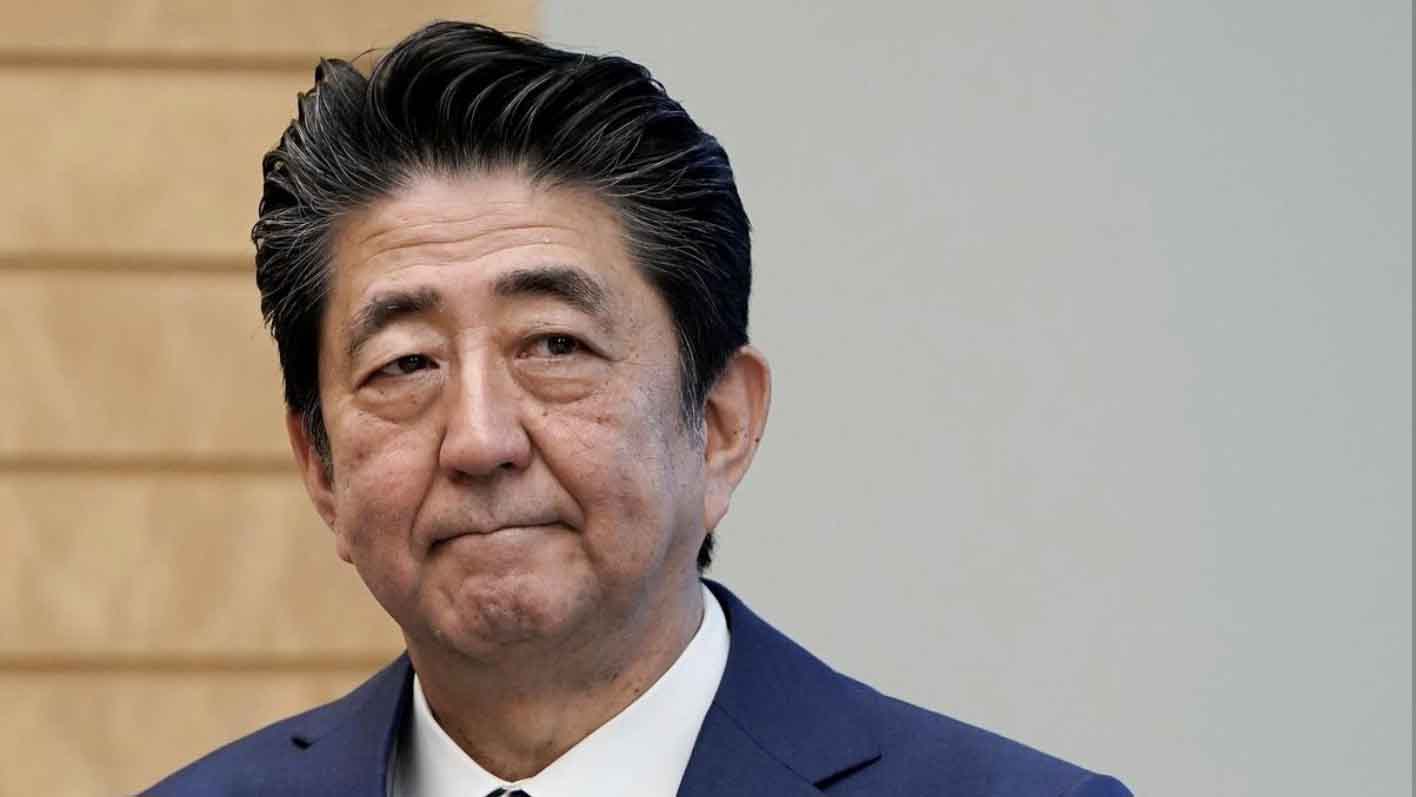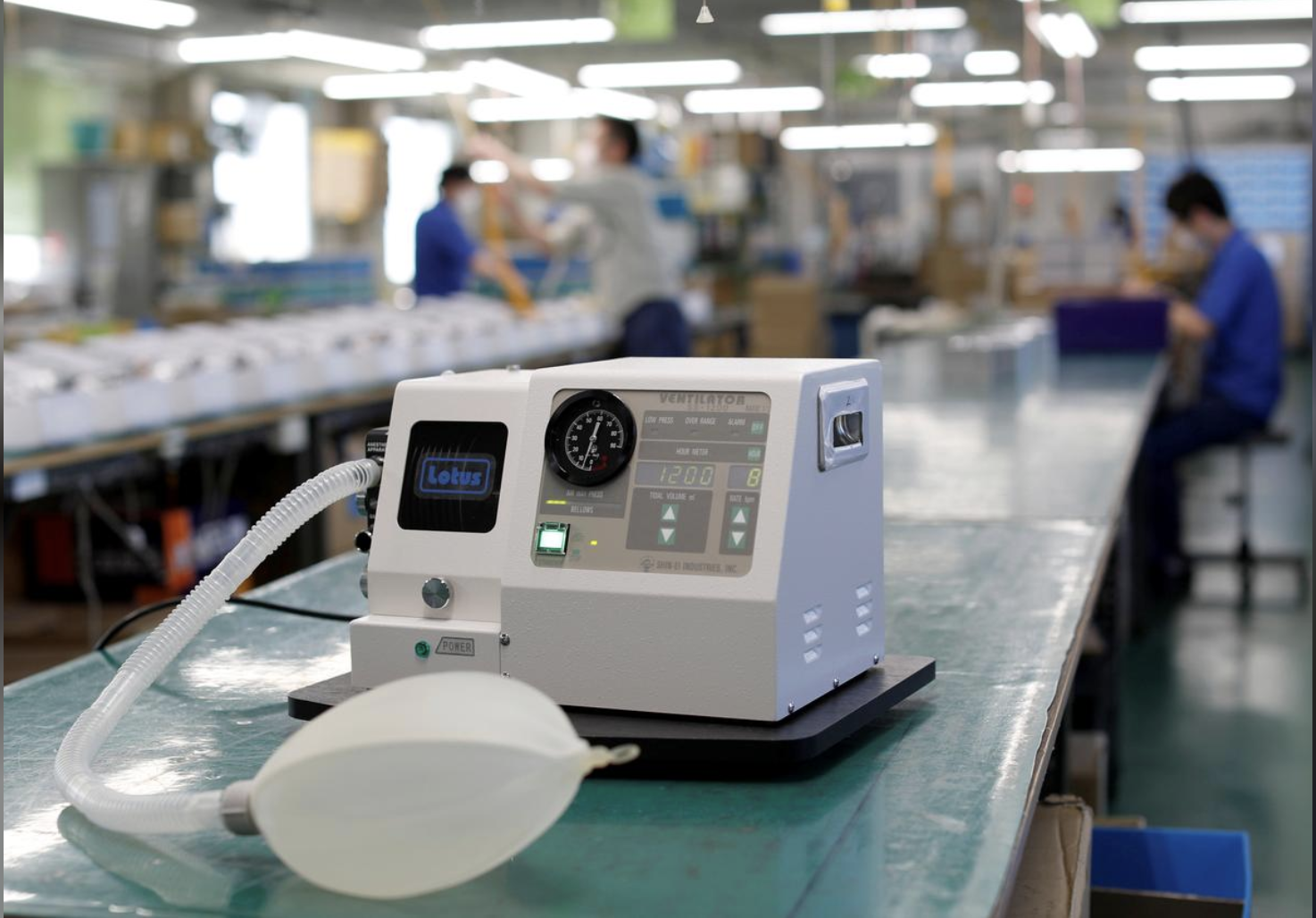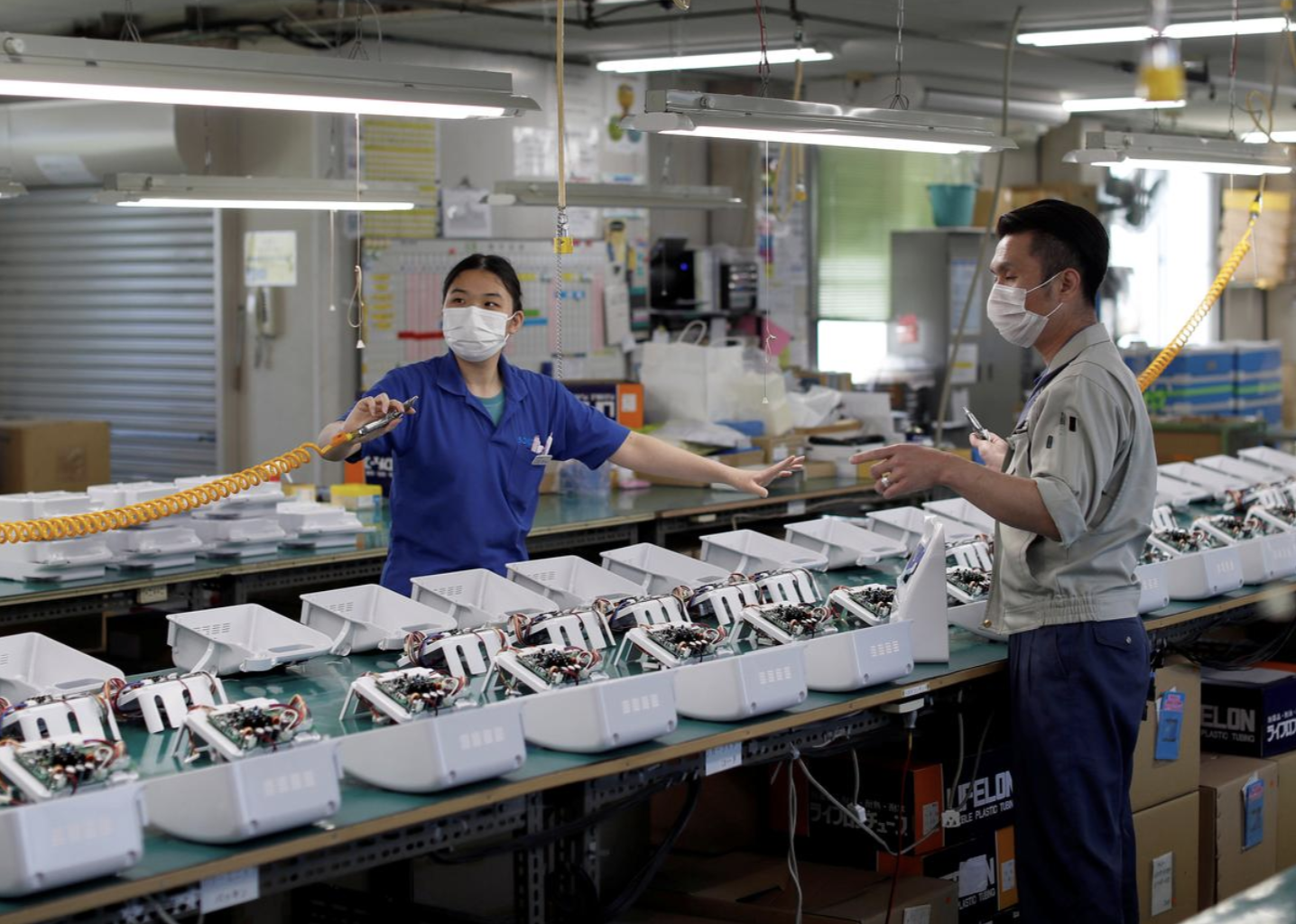Japanese Prime Minister Shinzo Abe on Thursday ended the state of emergency for the regions of Osaka, Kyoto and Hyogo.
00:32

Japan already removed the emergency situation in 39 of its 47 prefectures last Thursday, but it is still in force for Tokyo, Kanagawa, Saitama, Chiba and Hokkaido.
Read more:
Japan lifts emergency for 39 prefectures except Tokyo, Osaka
Abe said the government may lift the state of emergency for other regions as early as next week if positive trends continue.
"The state of emergency will continue in Tokyo, Hokkaido, and other regions. We will meet with experts [on Monday] to update the situation on infections," Abe told reporters after ending the state of emergency in Osaka, Kyoto and Hyogo prefectures.
"If the current situation continues, it is possible that the state of emergency could be lifted in those areas."
In early May there were 4,500 hospitalized coronavirus cases across the country, according to the latest data from Johns Hopkins University.
Still, Abe has pledged to build 2,000 new ventilators for coronavirus patients, even though the government and experts say hospitals are unlikely to need that many since only five percent of the seriously ill COVID-19 patients had to be put on ventilators, which is roughly only 270 people.

A unit of Sanko Manufacturing Co.'s 'Lotus SS-1200' ventilator, is seen as the spread of the coronavirus continues at the factory in Saitama, north of Tokyo. /Reuters
A unit of Sanko Manufacturing Co.'s 'Lotus SS-1200' ventilator, is seen as the spread of the coronavirus continues at the factory in Saitama, north of Tokyo. /Reuters
The plan, announced in April, appears to be more about bringing home manufacturing of equipment seen as key to the country's national security, a long-held focus for the Japanese premier that has deepened with the coronavirus crisis.
But even the health ministry acknowledges that hospitals, which now buy almost all their ventilators overseas, likely have enough, and industry experts say Japan's small-scale ventilator-makers will struggle to produce more than the few dozen a month they usually build.
"It is probably more than Japan needs now," said Akihisa Maeda, an official at the Ministry of Health, Welfare and Labor who is responsible for medical device policy, about the number of ventilators.

Employees of Sanko manufacturing Co. are seen at the assemble line of the ventilator at the factory in Saitama, north of Tokyo. /Reuters
Employees of Sanko manufacturing Co. are seen at the assemble line of the ventilator at the factory in Saitama, north of Tokyo. /Reuters
But another problem is that there might be not be enough qualified professionals that can operate them.
Abe's decision shows how the COVID-19 crisis is spurring political concern about the potential vulnerability of overseas supply lines and the government plans to bring back manufacture to Japan.
"It's a matter of national security. The coronavirus outbreak has shown that."
Japan is also offering firms money to shift production of face masks and other products from China. The country needs to cut dependence on imports from the United States, Europe and China, said the health ministry's Maeda.
Ventilator makers require technicians to ramp up production, but even with additional manpower, they still need to find components overseas amid strong international demand.
(With input from agencies)